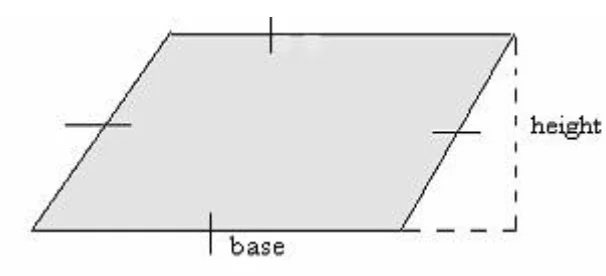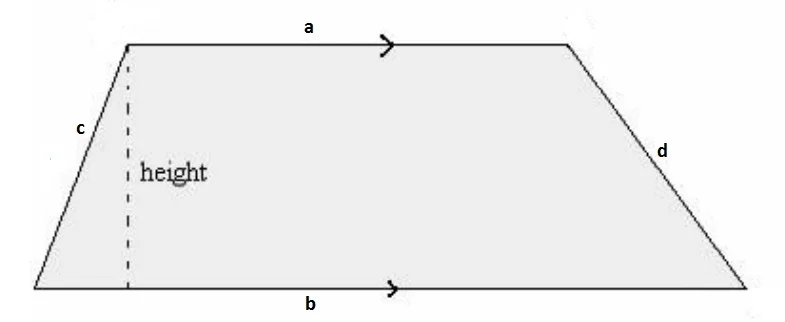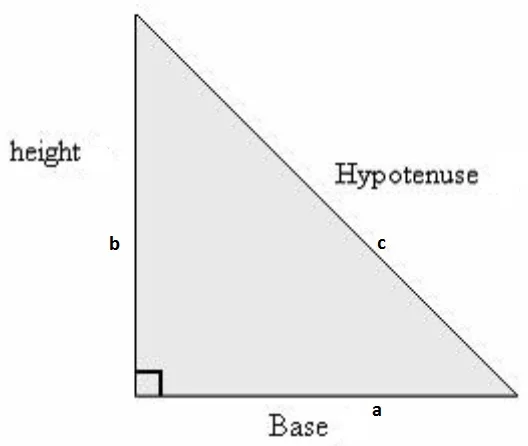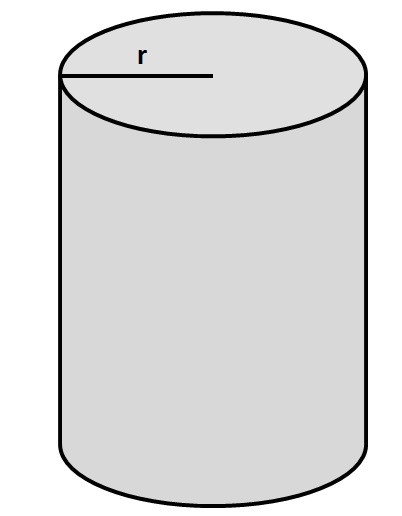Complex shapes are made up of two or more common shapes.
To find the perimeter and surface area, you will have to apply different formulas and sum them to get the total.
For Instance, look at the objects below:
Example 1
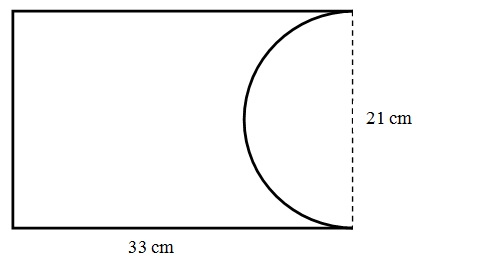
Calculating the Perimeter
How many common shapes make up this object?
There are 2: A Rectangle and a Semi-circle.
Perimeter of the semi circle
P =
1/
2πd
P =
1/
2 x
22/
7 x 21
P = 33 cm
Perimeter of the 3 sides of the rectangle
P = L + W + L
P = 33 + 21 + 33
P = 87cm
Total Perimeter:
T.P = 33 + 87
120 cm
Example 2
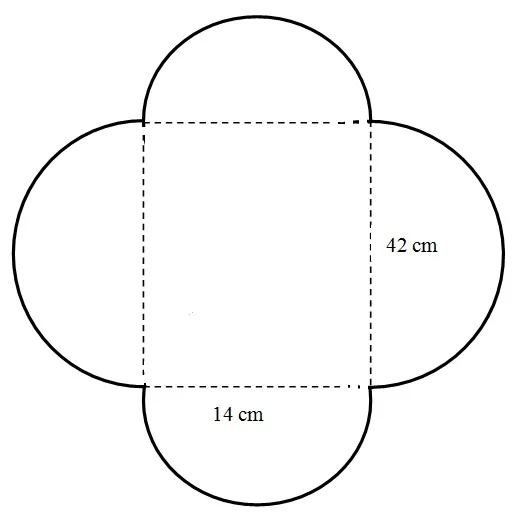
Calculating the Perimeter
How many common shapes make up this object?
There are 4 Semi-circles.
Perimeter of the small semi circles
P =
1/
2πd
P =
1/
2 x
22/
7 x 14
P = 22 cm (For 1 semi circle)
22cm + 22cm
= 44 cm
Perimeter of the larger semi circles
P =
1/
2 x
22/
7 x 42
P = 66 cm (For 1 semi circle)
66 + 66
= 132 cm
Total Perimeter:
T.P = 44 + 132
176 cm



